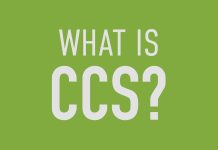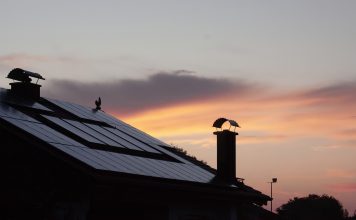How Does Solar Cost-Shifting Happen?
Contrary to popular belief, a private solar customer is not “off the grid” simply because there are portions of the day when solar power is being generated. Everyone who utilizes a power provider for electricity is connected to that service 24 hours a day, seven days a week.
It’s also important to know that a customer’s power consumption and generation are almost never equal.
The energy company’s cost of providing grid services has four basic components with associated fixed costs:
- Transmission of the energy from the power plant,
- Distribution of the energy to homes and businesses where its needed,
- Power capacity,
- and the costs of ancillary and balancing services that the grid provides throughout the day – even for private solar customers.
Private solar customers utilize the external energy grid first and foremost to sell back and distribute the excess power they may generate from their system. These activities do not occur in a vacuum and can only be accomplished by using the infrastructure all customers pay for in their monthly bills. Private solar customers are utilizing the external energy grid whether or not they know it, as power providers have to meet supply and demand needs in sub-second intervals with voltage and frequency balancing, and during times when their private solar systems are inoperable due to equipment maintenance, unexpected physical failure, or prolonged overcast conditions. Further, when the sun isn’t shining private solar customers are entirely dependent upon the external grid – a system that has 24-hour a day costs.
According to the Edison Electric Institute, over 50 percent of a customer’s monthly bill is based on fixed costs associated with the grid.
Because residential retail rates are almost always designed to recover most of the power system’s fixed costs through charges based on energy consumption, a private solar customer will avoid paying some or all of its fair share of the fixed costs of grid services – especially with very high incentive rates like Kentucky’s, which over 300% higher than competitive energy rates. Ultimately the fixed costs that the private solar customer does not pay, which are significant, will be shifted to other non-solar customers.












